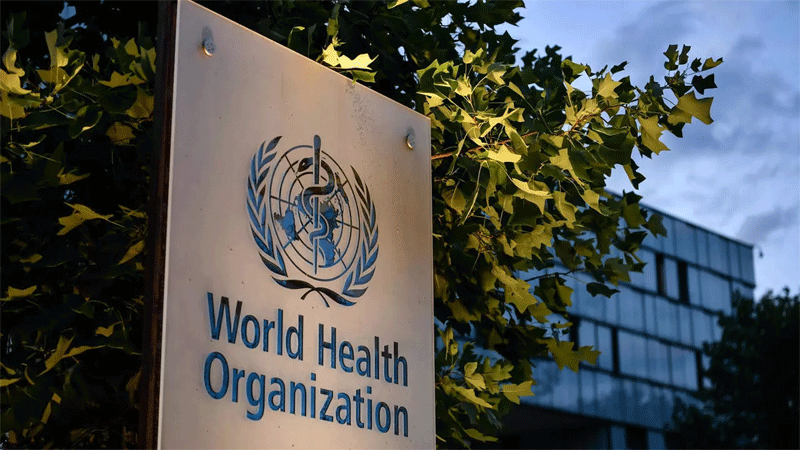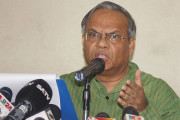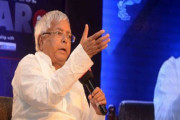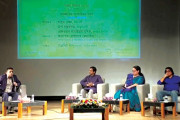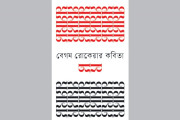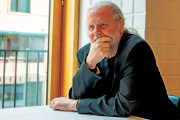The WHO wrote to every country on Tuesday urging them to quickly join its global shared vaccine programme and spelled out who would get its eventual coronavirus jabs first.
The World Health Organization’s director-general Tedros Adhanom Ghebreyesus said that without vaccinating the highest-risk populations
around the world all at the same time, it would be impossible to rebuild the global economy.
And, he said, the most exposed 20 percent of each country’s population — including front-line health workers, adults over 65 and
those with pre-existing conditions — would be targeted in the first wave of vaccinations, once the WHO-spearheaded and shared facility can
roll out a proven safe and effective vaccine.
“We have learned the hard way that the fastest way to end this pandemic and to reopen economies is to start by protecting the highest
risk populations everywhere, rather than the entire populations of just some countries,” Tedros told a virtual press conference.
The novel coronavirus has killed nearly 775,000 people and infected almost 22 million since the outbreak emerged in China last December,
according to a tally from official sources compiled by AFP.
Researchers and pharmaceutical giants around the world are racing to produce a vaccine, with nine of the 29 currently being tested on humans forming part of the shared COVAX Global Vaccines Facility.
– Two-phase rollout –
Some 92 countries are signed up to COVAX — an effort to pool the costs and rewards of finding, producing and distributing effective vaccines — while a further 80 have expressed interest but are yet to come fully on board.
The WHO is looking for countries to signal a firm interest by August 31.
“The COVAX Global Vaccines Facility is the critical mechanism for joint procurement and pooling risk across multiple vaccines, which is why today I sent a letter to every member state encouraging them to join,” Tedros said.
He specified that the allocation of vaccines would be rolled out in two phases.
In the first, doses would be allocated proportionally to all participating countries simultaneously, in order to reduce the overall global risk.
In the second phase, individual countries’ threat and vulnerability level will come into play.
Tedros said front-line workers in health and social care settings would get first phase priority, “as they are essential to treat and protect the population, and come in close contact with high-mortality risk groups” he explained.
He said initial data showed that adults over 65 and those with particular pre-existing conditions were at the highest risk of dying from COVID-19.
“For most countries, a phase one allocation that builds up to 20 percent of the population would cover most of the at-risk groups,” said Tedros.
“If we don’t protect these highest risk people from the virus everywhere and at the same time, we can’t stabilise health systems and rebuild the global economy.”BSS/AFP




